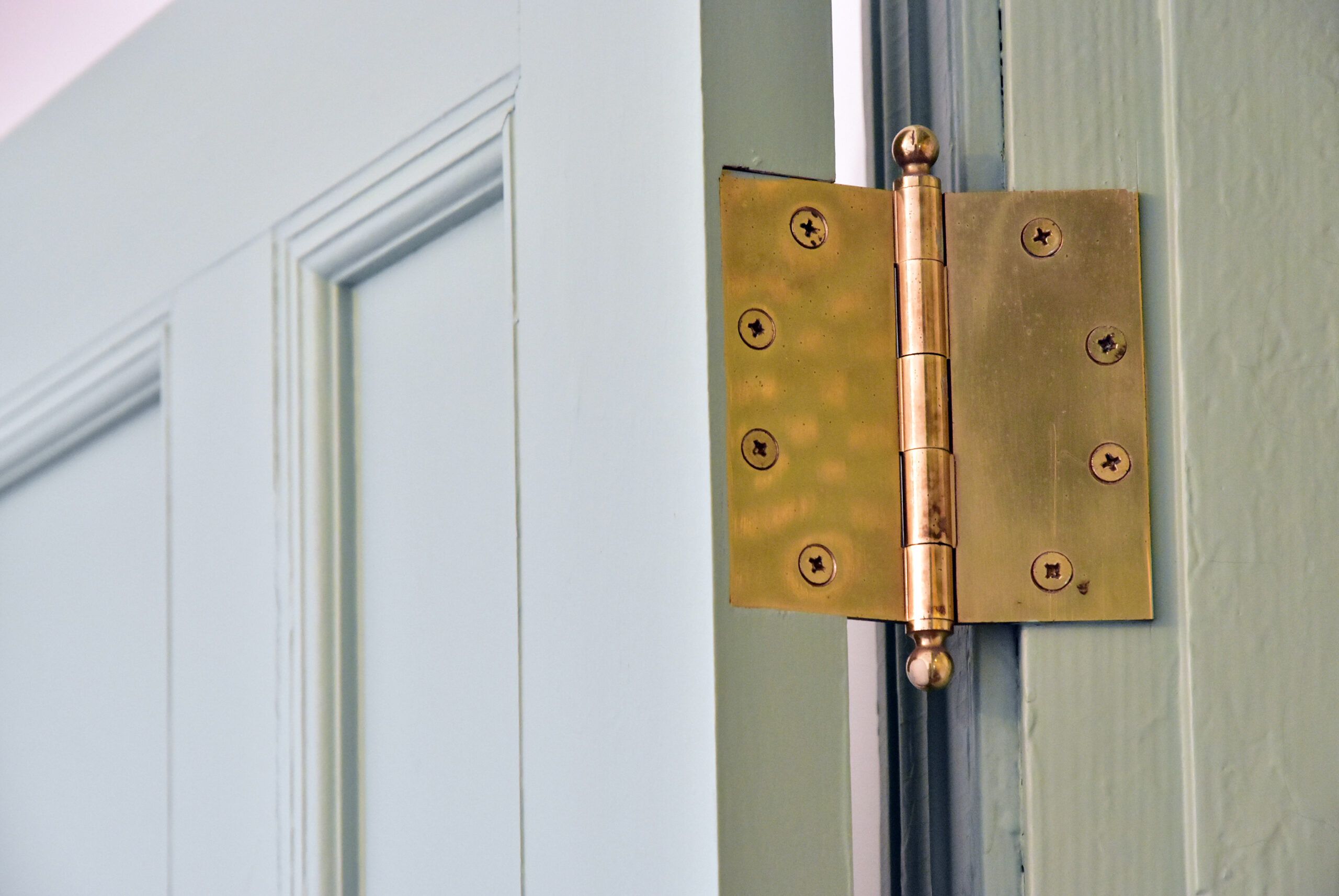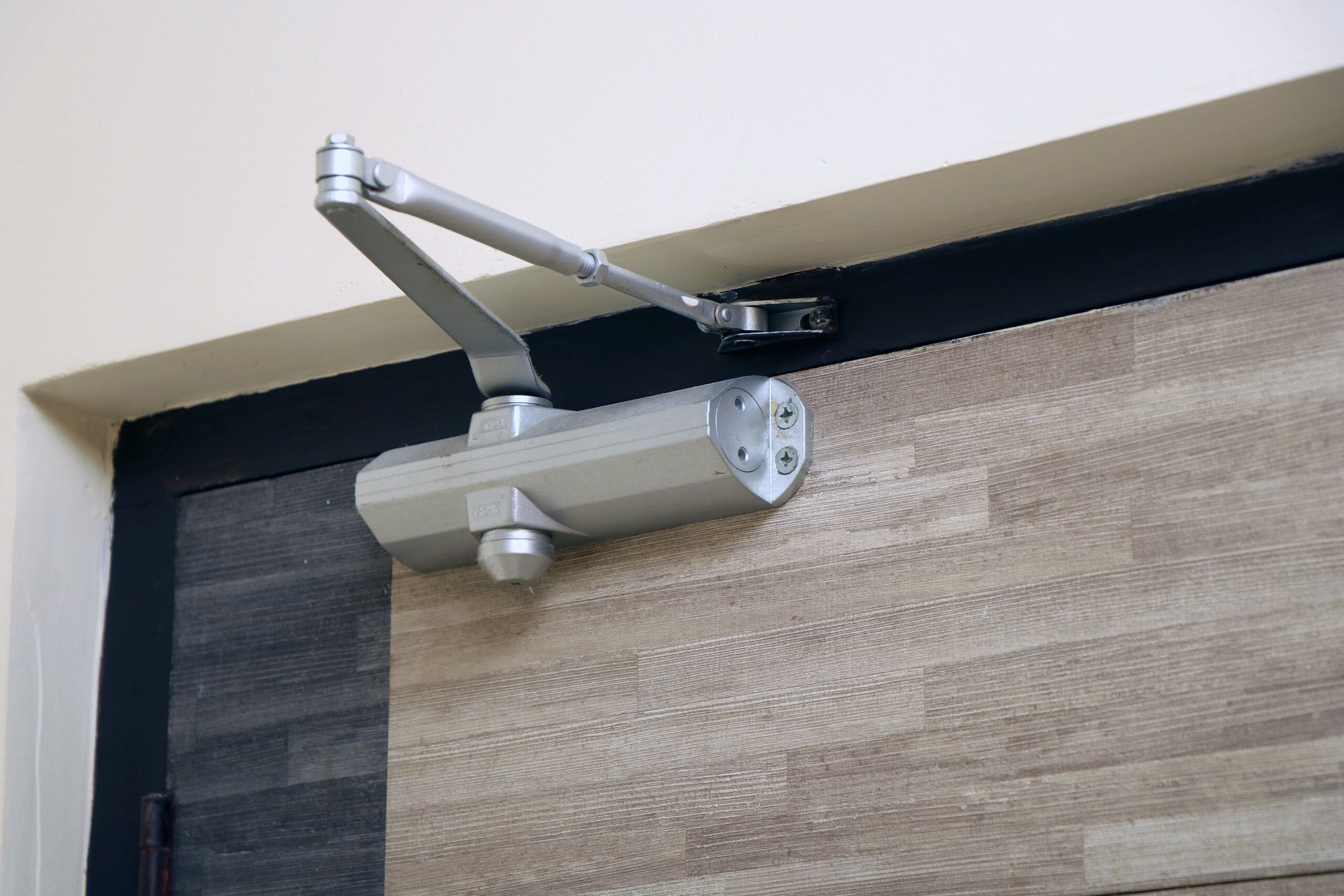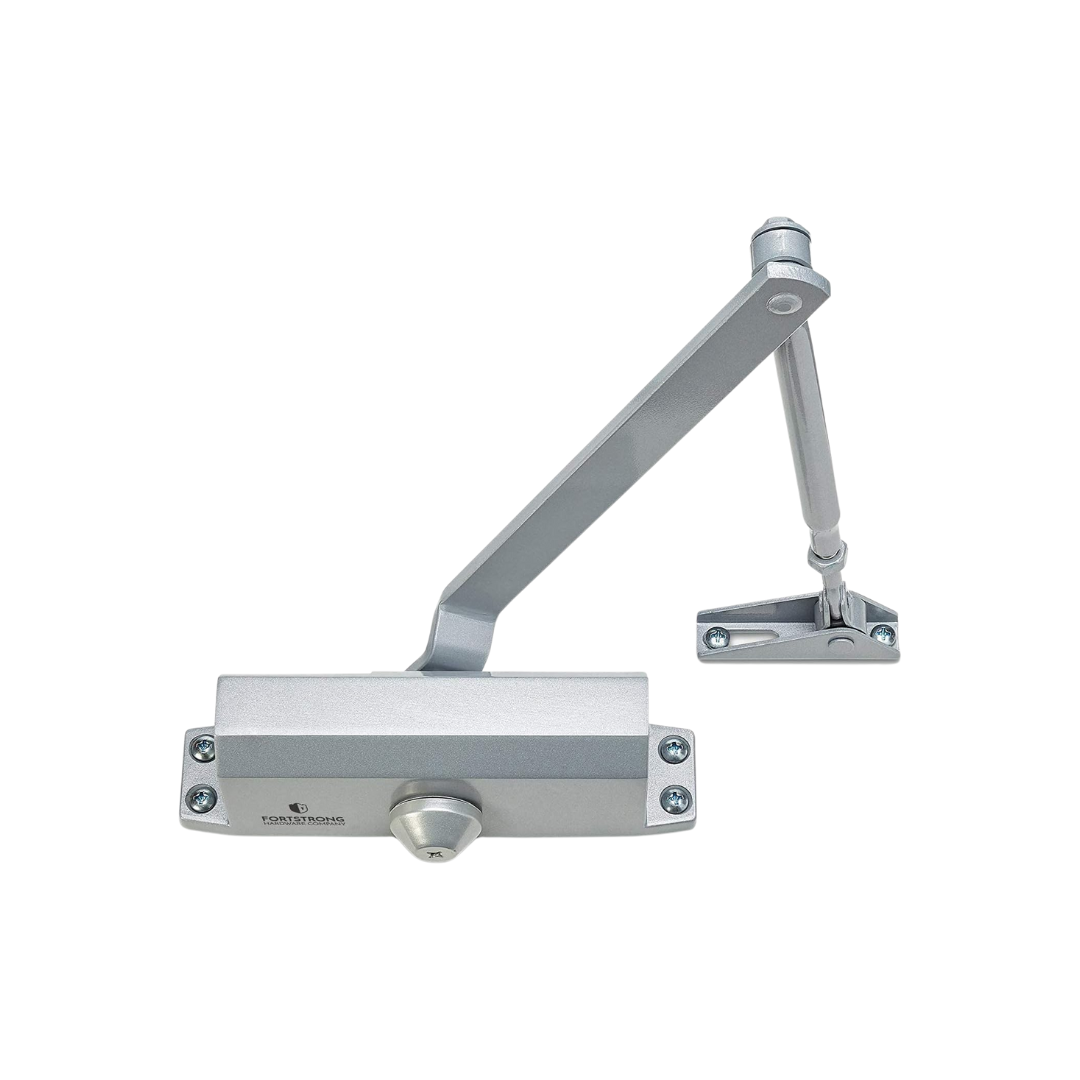We may be compensated if you purchase through links on our website. Our team is committed to delivering honest, objective, and independent reviews on home products and services.
Installing an automatic door closer is a practical upgrade for many homeowners. These devices ensure doors close automatically, enhancing safety, energy efficiency, and convenience. Whether you’re looking to meet building codes or simply improve your home’s functionality, this guide will walk you through the process of installing an automatic door closer.
Benefits of Installing an Automatic Door Closer
Installing an automatic door closer offers several advantages, such as:
- Enhanced safety: Ensures doors close automatically in case of fire, preventing the spread of smoke and flames.
- Improved energy efficiency: Helps maintain indoor temperature by preventing doors from being left open.
- Increased security: Reduces the risk of unauthorized access by ensuring doors always close behind you.
- Convenience: Eliminates the need to manually close doors, especially useful when carrying items.
- Code compliance: Meets building code requirements for certain types of doors, such as those leading to garages or fire exits.
Tools and Materials Needed for Automatic Door Closer Installation
Before you begin, gather the following tools and materials:
- Automatic door closer kit
- Drill and drill bits
- Screwdriver (Phillips head)
- Pencil
- Tape measure
- Level
- Safety glasses
- Utility knife
- Painter’s tape
- Hex keys (often included in the kit)
Most door closer kits come with the necessary hardware and a paper template for easy installation. If your kit doesn’t include a template, you’ll also need a speed square to help with measurements.
An Automatic Door Closer We Recommend
How To Install an Automatic Door Closer
Installing an automatic door closer may involve a bit more work than installing a set of hinges, but it’s definitely a DIY-friendly job. The following instructions will help.
Step 1: Identify the door-swing direction

There are a few different ways to install an automatic door closer, and you want to ensure you’re installing yours correctly. First, you need to identify the swing of the door, which you can do by standing in the door jamb with the door open and your back to the hinges. If the door is on the right, it’s a right-hand-swing door. If the door is on the left, it’s a left-hand-swing door.
With the swing of the door determined, choose which side of the door you’ll be installing the closer assembly on. Generally, you’ll want to hide the closer from the rest of the living space, so you’ll typically mount it on the garage- or room-side of the door.
Step 2: Mark the drilling locations
If your kit contains a template, there may be options for left- and right-hand doors. Find the template the fits the door, cut it out with a utility knife, and tape it to the door according to the directions.
If your kit didn’t come with a template, follow the manufacturer’s instructions to determine where to drill. Be sure to measure from the hinge side of the door. Using your pencil, mark the distance of each set of holes from the hinge. Placing the speed square against the top of the door, mark a vertical line at both pencil marks. Use your tape measure or the rule on the square to mark the height of each of the holes on these vertical pencil lines.
Consult the instructions to determine the drilling location on the door jamb to attach the swingarm.
Tip: Laying out four holes with a tape measure and speed square can be tough to do accurately. If you can mark two holes, you’ll be able to drill the others when the closer is in place for a perfect installation.
Step 3: Drill the holes
Throw on some safety glasses, and if you’re drilling through a metal door, gloves are helpful as well. Using a power drill with a smaller drill bit in place, drill your pilot holes on the marks you just made before stepping up to the appropriate bit (usually 3/16, but check the instructions). Don’t drill all the way through the door; a depth of ¾ inch is typically enough.
Step 4: Install the door closer body
Most door hardware of any type uses No. 3 Phillips bits, so tighten one into your drill for this step. Using the screws that came in the kit, attach the door closer to the door according to the directions. Be sure to pay attention to the instructions so you’ll know which way is up when you’re installing the door closer.
Step 5: Install the swingarm bracket
With the No. 3 Phillips bit still in the drill, use the included hardware to attach the swingarm’s bracket to the door jamb. It’s sometimes easier to separate the arm from the closer for this part, as one of the holes can be very difficult to reach with tension on the closer.
Step 6: Attach the swingarm to the closer and adjust it
If you removed the swingarm from the closer, it’s time to reattach and adjust it to close correctly. Check the directions that came in the kit, but this often means loosening the set screw on the arm and adjusting it so that the jamb side of the swingarm is perpendicular to the jamb.
Adjusting Your Automatic Door Closer
After installation, you’ll also need to fine-tune your door closer for optimal performance. This involves adjusting both the closing speed and force to ensure smooth, safe operation.
Setting Closing Speed
Most door closers have adjustment screws to control the closing speed. Consult your product manual for the exact location of these screws. Generally the steps include:
- Turn the speed adjustment screw clockwise to slow down the closing speed.
- Turn it counterclockwise to increase the speed.
- Aim for a closing time of about 5–7 seconds from fully open to fully closed.
Adjusting Closing Force
The closing force determines how much pressure the closer applies to shut the door. To adjust the closing force:
- Locate the force adjustment screw (consult your manual).
- Turn clockwise to increase force, counterclockwise to decrease.
- Set the force so the door closes fully against any weatherstripping but doesn’t slam shut.
Automatic Door Closers: Troubleshooting Common Issues
Even with careful installation and adjustment, you might encounter some issues. Here are some solutions to common problems:
Door Closes Too Quickly
If your door is closing faster than desired:
- Locate the closing speed adjustment screw.
- Turn it clockwise to slow down the closing action.
- Test and readjust as necessary until you achieve the desired speed.
Door Doesn’t Close Completely
When the door fails to latch properly:
- Check the alignment of the door and frame.
- Increase the closing force slightly by turning the force adjustment screw clockwise.
- Ensure there are no obstructions preventing the door from closing fully.
Maintaining Your Automatic Door Closer
Regular maintenance can extend the life of your door closer and ensure consistent performance. Inspect the closer regularly for loose screws or connections. Clean the closer and surrounding area to prevent dust buildup and lubricate moving parts annually with a silicone-based lubricant. Also, be sure to check and adjust the closing speed and force periodically.
Automatic Door Closer: Safety Considerations and Building Codes
- When installing an automatic door closer, it’s important to keep these safety considerations in mind:
- Consider the needs of all household members, including children, older adults, or those with mobility issues.
- Ensure the closing speed isn’t so fast that it could cause injury.
- Check local building codes for specific requirements, especially for fire doors or garage entry doors.


